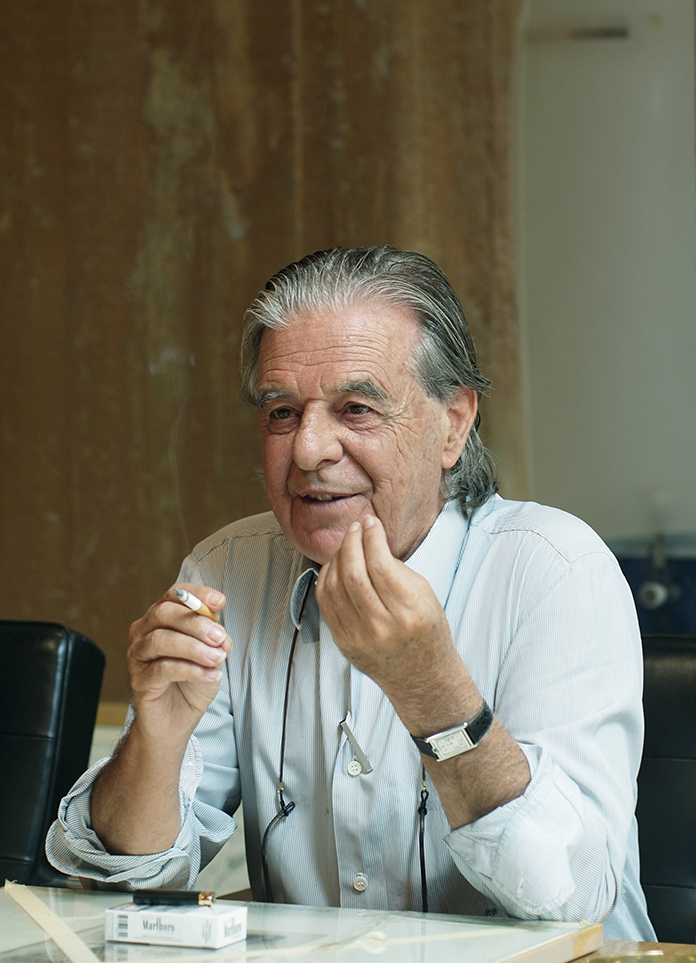In Genk, Belgium, designer Michaël Verheyden and his wife Saartje Vereecke have transformed a mid-century residence, Ten Berken, into a shared vessel for life and creation.The house was never “completed” in a single gesture; instead, over more than a decade, it has been slowly refined in daily life, shaped like an object through patient care.Verheyden shared with us: “Every day I try to balance ambition and patience — not always easy, but all so important. We believe that in order to take the right decisions for the house, you first need to spend time truly living in it.”For them, home is both a refuge and a place of experimentation.
Verheyden’s aesthetic is often described as “restrained,” relying not on conventional notions of elegance but on tactility, proportion, and space. In the renewal of Ten Berken, this idea takes concrete form: Verheyden and Vereecke preserved as much of the 1960s structure and details as possible, intervening only minimally. Yet the intention remained clear — “less” does not mean lacking, but rather allows what is essential to be seen more fully.
At first, Verheyden only came across the house by chance while driving past. At the time, they were searching for a space large enough to accommodate both living and working, but without any clear concept in mind. The decisive moment came during a rather unusual visit: the salesperson knew little about the property, but coincidentally, the daughter of the original owner was also present. Verheyden recalls, “We were allowed to buy the house because we showed our appreciation towards the architecture and the original details. Many houses built in the 60s have such beautiful details, so it is a pleasure to keep them in their original state.”
































